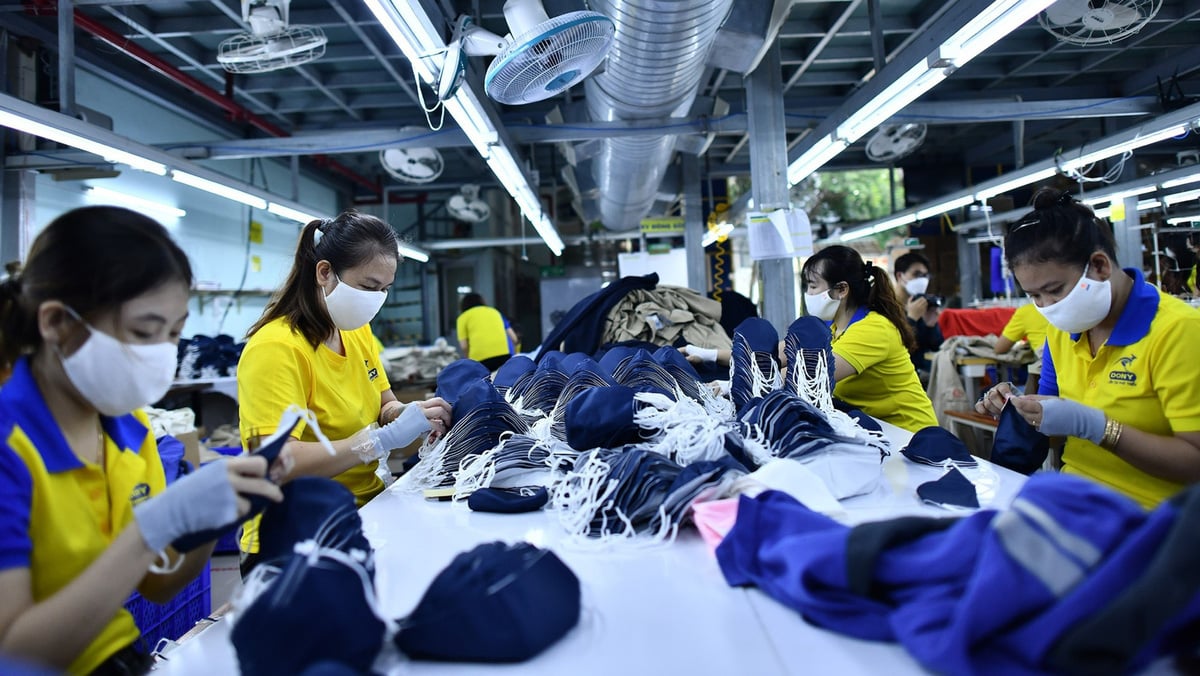
Workers must have a livable salary and savings. In addition to paying enough health insurance and social insurance, businesses must consider "settling down" for workers - Photo: CT
Dong Nai Provincial Labor Federation said that in 2023 and the first six months of 2024, about 60,000 workers will leave Dong Nai for provinces and cities in the North Central, South Central, and Southwest regions.
Therefore, Dong Nai production facilities are "thirsty" for labor, especially in some industries such as textiles, footwear, wood production and processing...
The same situation is happening in Binh Duong and Ho Chi Minh City. The Samho factory in Cu Chi needs 1,500 more workers but has only recruited 300 people in recent months, according to Ms. Nguyen Van Hanh Thuc - Director of the Ho Chi Minh City Employment Service Center.
The first reason is that all provinces and cities have industrial parks, some provinces have more, some have less, but clearly workers are no longer forced to go to the Southeast to find jobs.
In recent years, provinces that were previously among the poorest have now transformed their economic structure, attracted investment, and created many jobs. Not to mention, agricultural products have entered their most prosperous period ever, and the new countryside has changed the poor and backward life.
Workers have many opportunities to find jobs, so they tend to stay in the provinces more, because they are close to home, reduce costs, and live easily with their hometown customs and practices.
This is not only beneficial for workers, but on a national level, it is an opportunity to shorten the gap between urban and rural areas, implementing the strategy of "leaving the countryside but not leaving the countryside".
After the COVID-19 pandemic, workers found life very precarious with too many risks in the city.
With the current salary level, it is very difficult to save money, while the cost of renting a house, eating, traveling, studying, medical treatment, etc. takes up almost all of the income. Just one unfortunate event such as an accident or illness can cause immediate financial hardship.
Therefore, they tend to look for jobs that may not have high income but are safe and stable in the long term.
Labor shortage is a danger but it can also be turned into an opportunity. In this forced situation, the Southeast region seizes the opportunity to quickly transform and restructure the economy towards shifting industry, services, and trade to high quality, gradually reducing the recruitment of unskilled and low-skilled labor, creating an international-class center, on par with the region not only in terms of economics and finance but also in terms of civilization and modernity.
On the other hand, companies that want to retain employees must create a living environment of much better quality than before.
Businesses need to realize that the days of young people standing in long lines outside factory gates waiting for interviews may be over and change their compensation policies and attitudes towards employees to retain them for the long term.
Workers must have a living wage and savings. In addition to paying enough health insurance and social insurance, businesses must consider "settling down" for workers such as social housing, boarding houses, kindergartens, schools, medical treatment, and entertainment.
Learn from the Japanese, business owners with good treatment policies will have factories with most of the workers being multi-generational workers in a family, a clan dedicated to serving wholeheartedly. In this 4.0 era, if you do not change the management style, it will be difficult to survive.
Source: https://tuoitre.vn/nguoi-lao-dong-ve-que-lam-viec-nen-vui-cho-lo-20241012092106951.htm


![[Photo] Prime Minister Pham Minh Chinh attends the 5th National Press Awards Ceremony on preventing and combating corruption, waste and negativity](https://vphoto.vietnam.vn/thumb/1200x675/vietnam/resource/IMAGE/2025/10/31/1761881588160_dsc-8359-jpg.webp)
![[Photo] Da Nang: Water gradually recedes, local authorities take advantage of the cleanup](https://vphoto.vietnam.vn/thumb/1200x675/vietnam/resource/IMAGE/2025/10/31/1761897188943_ndo_tr_2-jpg.webp)







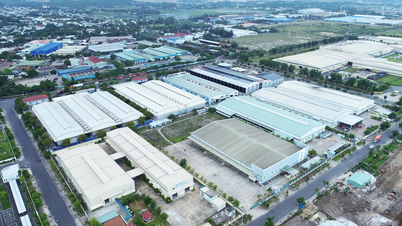















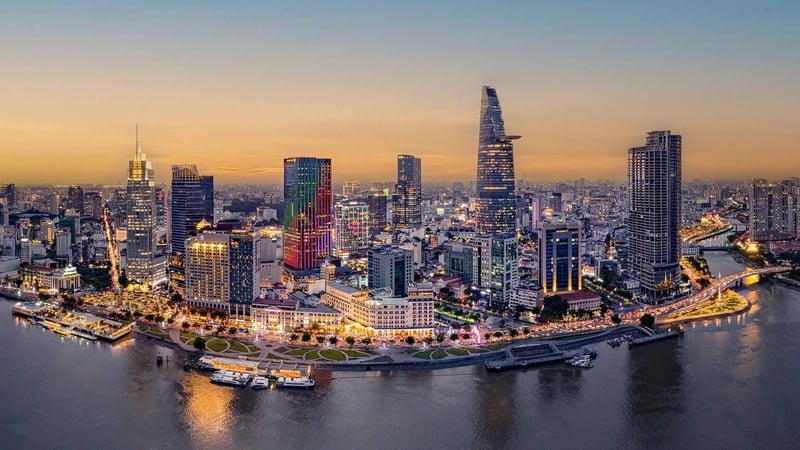














































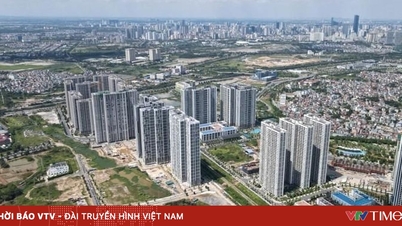




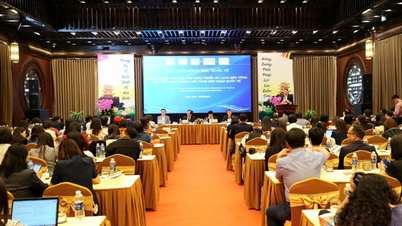

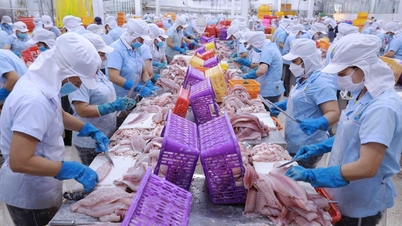



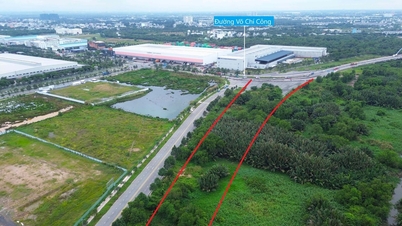



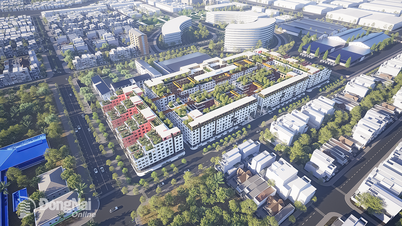

















Comment (0)